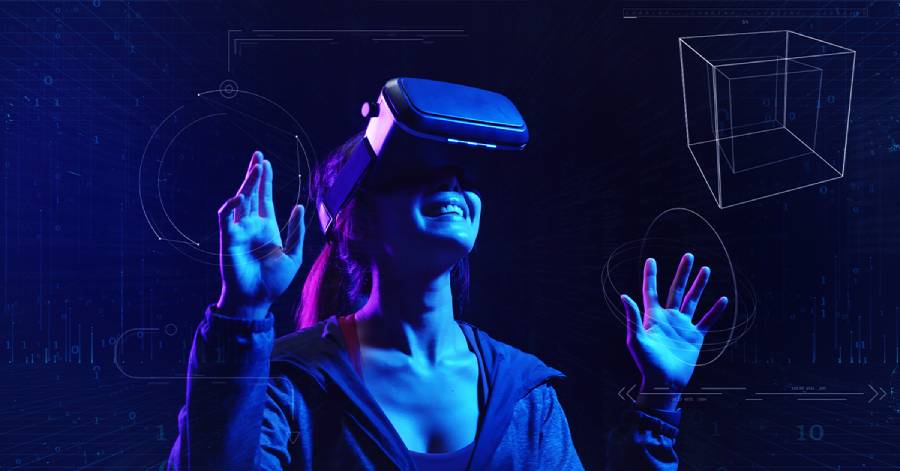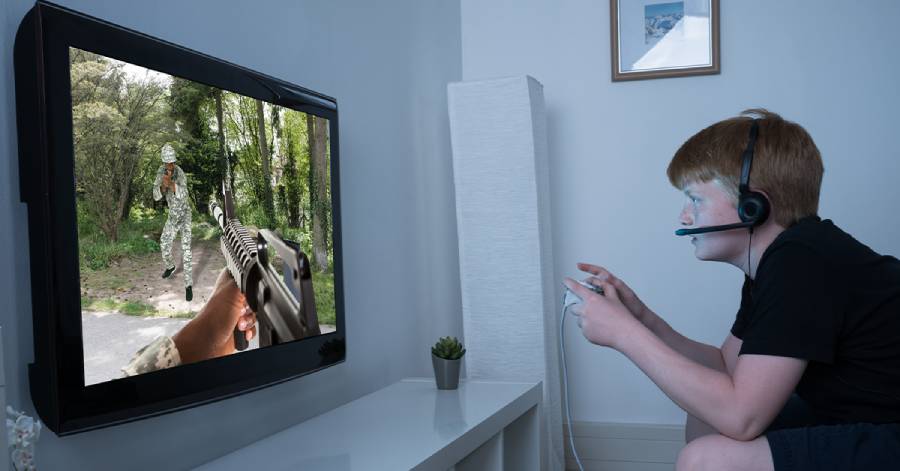The Impact of Game-Based Learning Solutions on Critical Thinking
- Published on: January 24, 2023
- |
- Updated on: April 24, 2024
- |
- Reading Time: 3 minutes
- |
-
Views
- |
There is a common conception that playing video games can lead to extreme behavior or game addiction. This is because games have a tendency to raise a child’s engagement levels, causing them to become absorbed in the game mechanics. However, when channeled correctly, games can cause a child’s academic performance to rise significantly.
Learning and the education sector have seen significant changes over time. You cannot possibly learn everything with chalk and talk in the modern world. High rates of development and improvement have been seen in both teaching and learning when gaming has been included in the classroom. What exactly are game-based learning solutions, one might wonder? We respond that it is the most engaging and participatory approach for a student to read, study, and learn.
The Top Four Advantages of Game-Based Learning Solutions
1. Enhances visual memory and motor skills
The early years are crucial for the development of visual memory. You may play a variety of easy visual memory games with kids to encourage play-based learning.
Visual perception entails the comprehension of what you observe. Your eyes communicate visual information to your brain. After that, the brain must interpret the information received.
Participants in active video games can practice specific tasks in an ecological setting that is comparable to the real world. The difficulty of the tasks can be easily adjusted in the game to provide sufficient challenges. Gamification in e-learning can draw children to an immersive experience in a secure, enjoyable, and playful setting because it is linked to less exhaustion and more relaxation. The characteristics and animation effects of the game can simultaneously improve children’s cognitive function and motor skills, entice users to immerse themselves in the sports environment, and increase their motivation and participation in the gaming process.
2. Enhances hand-eye coordination
It takes quick reflexes to play games that require real-time movement. These actions, whether performed with a controller or simply with your finger on a touch screen, can aid in the development of precise hand-eye coordination.
According to a recent study conducted by psychological researchers at the University of Toronto, action video gamers have better hand-eye coordination than non-gamers and improved sensorimotor skills.
The front-facing eye field assumes a fundamental part in controlling visual consideration as well as visual developments. According to the study, action video gamers have better brain function and a greater number of brain cell connections. As a result, they are able to more effectively determine the most appropriate responses to a stimulus in any given situation and are more aware of their surroundings.
3. Increased collaboration
Although gamers are frequently portrayed as individuals who sit alone in front of a screen, the majority of gameplay actually involves teamwork. Numerous games offer multiplayer modes in which two players, each with their own controller, collaborate to accomplish a task or solve a problem. In a broader sense, advanced teamwork abilities are required for massively multiplayer online role-playing games in which players from all over the Internet work together in virtual worlds to defeat enemies and accomplish goals. One of the game-based learning examples is that Computer games empower understudies to connect socially while at the same time fostering critical thinking abilities.
4. Improves spatial reasoning and critical thinking
The ability to visualize and manipulate two- and three-layered objects is known as spatial thinking. It is a crucial component of math, science, design, and innovation education. Advanced levels of creativity and originality have been related in studies to those with strong spatial thinking abilities. Children learn spatial reasoning through games that require solving puzzles, building things, and creating virtual worlds. The benefits of game-based learning include teaching kids spatial reasoning, which can help youngsters get better at fundamental math and get them ready for professional vocations.
Understanding concepts is part of critical thinking, as opposed to memorization of facts. Game-based learning in online education makes students encounter complex problems for which they must come up with answers and take appropriate action. Students regularly face a range of options, forcing them to make quick judgments.
FAQs
Yes, game-based learning solutions can improve critical thinking skills. Games often require players to solve complex problems, make decisions, and think strategically, all of which are key components of critical thinking.
Game-based learning solutions often include visual stimuli and require players to perform actions that can enhance visual memory and motor skills. This is because games engage players in activities that challenge and stimulate these cognitive functions.
Yes, game-based learning solutions can improve collaboration skills. Many games require players to work together to achieve a common goal, which can help develop teamwork and communication skills.
Yes, playing video games can improve spatial reasoning. Games often require players to navigate and interact with virtual environments, which can help develop spatial reasoning skills.
Game-based learning solutions often require players to perform actions that require quick reflexes and precise hand-eye coordination. Regular gameplay can improve these skills over time.

Get In Touch
Reach out to our team with your question and our representatives will get back to you within 24 working hours.


